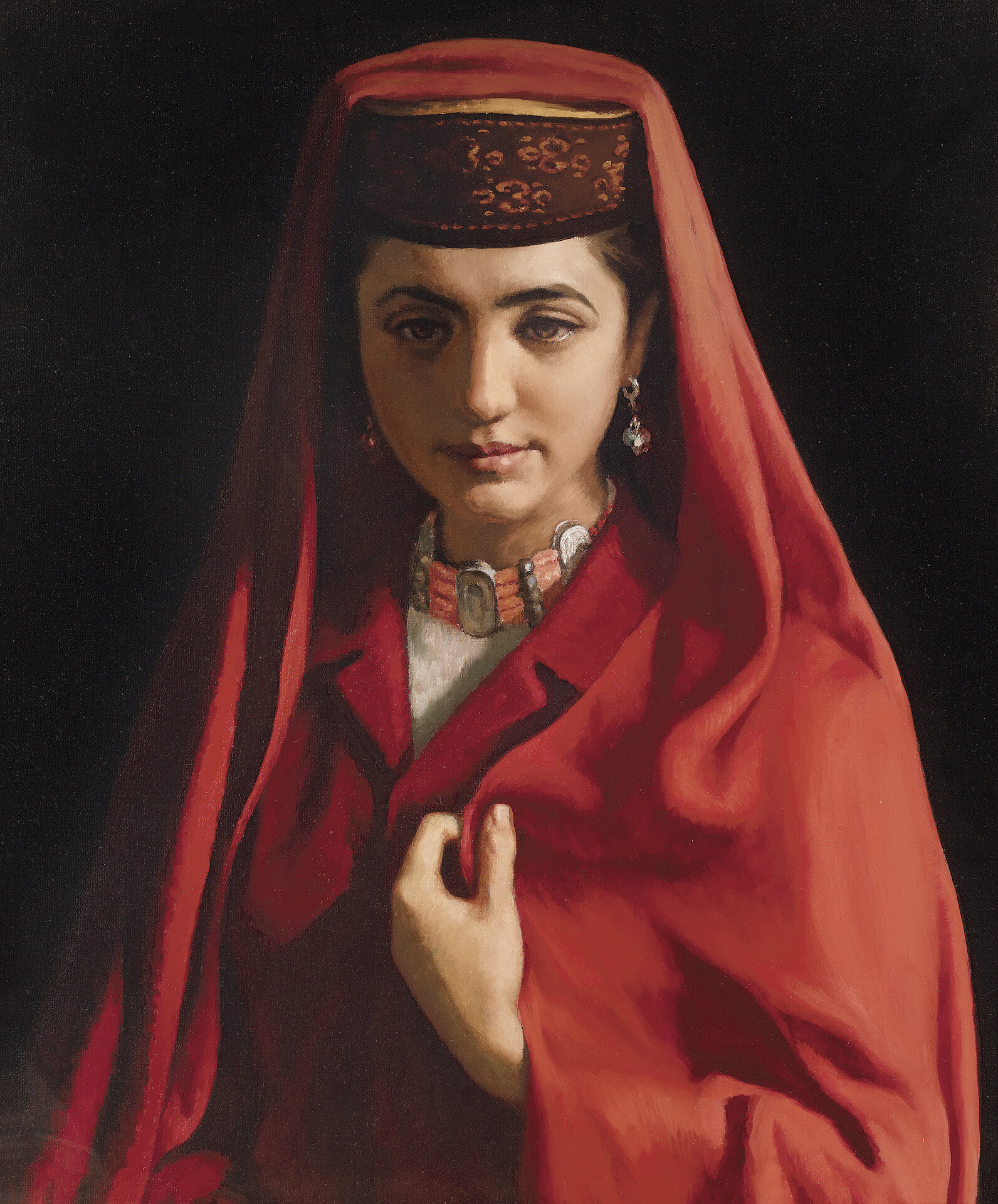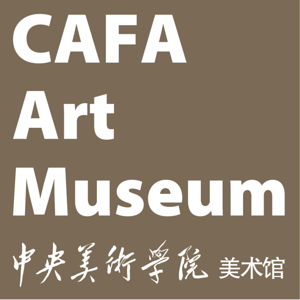Xinjiang-Focused Art Since the 20th Century
July 12–August 20, 2023
The exhibition Painting Xinjiang: Xinjiang-Focused Art Since the 20th Century aims to present signature artworks from 20th century China that have Xinjiang as their subject matter. It focuses on the unique phenomenon in Chinese modern art history, in which waves of artists travel to remote Xinjiang to create studies as a group artistic endeavor. The exhibition places emphasis on “Xinjiang” as visual reference and its influence on these artists and their work, as well as artistic breakthroughs with the genre of “study.” It is a demonstration of explorations and achievements by Chinese artists since the 20th century, a historical contribution.
Artists featured in the exhibition include (in order of birth): Han Leran, Situ Qiao, Ye qianyu, Wang Henei, Luo Gongliu, Dai Ze, Liang Yulong, Huang Zhou, Wu Biduan, Lie Yang, Quan Shanshi, Wen Lipeng, Zhang Wei, Yang Mingshan, Jin Shangyi, Pang Jun, Tan Quanshu, Aman Mukhanov, Xie Jiadao, Su Gaoli, Long Qinglian, Gong Jianxin, Wen Guozhang, Fan Di’an, Zhang Qun, Yu Xiaodong, Liu Xiaodong, Yang Maoyuan, Husidan Kerim, Zhao Peizhi, Liu Shangying, Liu Yujia and Kang Chunhui. The exhibition is curated by Guo Xiaohui, with co-curator Wang Jing. The academic host of this exhibition is Zhang Zikang, the directior of CAFA Art Museum.
The exhibition divides the historical period into four chronological chapters and a special case-studies section on contemporary art practice. The four chapters include the pioneer period before 1949, art in socialist China (1949–1979), China after opening-up (1979–2000), and present-day China (2000–present). Through showcasing studies in Xinjiang from these four periods, the exhibition tries to address questions including: What ideologies are at work in such an operation concerning Xinjiang, and how did the ideologies operate and provide articulations in a total system of art production? And most significantly, how do these ideologies work in and articulate artistic practices? Furthermore, what role did the unique cultural and geographical characteristics of Xinjiang play in this artistic practice?
Studying the method that sets the artist directly in front of his/her subject matter has particular significance in the history of China’s modernization period. After 1949, Chairman Mao Zedong encouraged artists to go to the masses of workers, farmers and soldiers, to use this largest and richest resource as the original material of literature and art. Thus, artistic studies have transformed from merely a technical preparation to a mode of practice, from which background also sprung the Chinese style of realism. Similarly, the Chinese concept of artistic study has prospered alongside with Chinese realism and neoclassicism.
Apart from discussing the act of creating studies itself, the unique cultural characteristics of the region must also be emphasized. Throughout history, Xinjiang has contributed significantly to the visual arts. The uniqueness of Xinjiang gave rise to its singular cultural and geographical scenery, a source inspiration which attracted so many artists to create studies there.
About the curator
Guo Xiaohui is a Chinese curator based in Beijing and London. In 2014, she gained two MAs from Goldsmiths College, University of London, majoring in Art & Politics and Cultural Studies. As a curator with a strong interest in Art & Politics, Xiaohui’s primary focus is to produce innovative and meaningful exhibitions bringing together art from China and the West.
Her recently exhibitions and projects include: The 3rd China Xinjiang International Art Biennale, Xinjiang Art Museum, Urumqi,(2023); Walking Between Worlds: Liu Shangying, TAG Art Museum, Qindao (2023);Constellation: iArt Youth Project Invitation Exhibition, Yuan Art Museum, Chongqing (2023); The Art of Life—Contemporary Art by International Female Artists, National Art Museum of China, Shangdong Art Museum (2022); The Logic of Painting (2021), Shijiazhuang Art Museum and Xinjiang Art Museum, China (2020); Beyond Boundaries :An Interaction Between the Central Academy of Fine Arts, Beijing, and the Slade School of Fine Art, UCL, Somerset House, London (2019); Cheng Ran solo show, CCA, Tel Aviv, Israel (2018).














